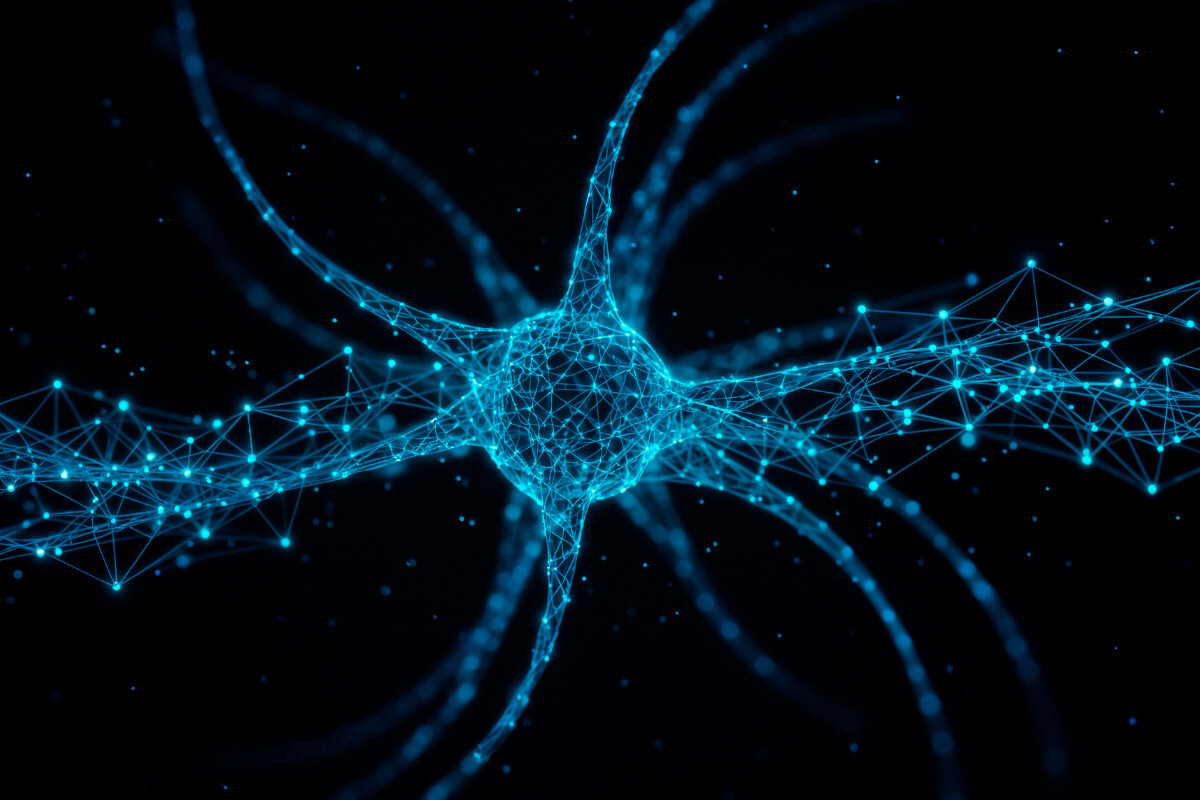Academics from the University of Strathclyde are set to play a central role in a new £5.6 million UK national centre aiming to develop next-generation, energy-efficient computing inspired by the human brain.
The UK Multidisciplinary Centre for Neuromorphic Computing will support fundamental research and new technologies in neuromorphic systems – computing hardware and software that emulates the structure and efficiency of biological brains – and look to address the sustainability challenges facing current digital infrastructure and AI models.
Professor Antonio Hurtado, UKRI Turing Artificial Intelligence Fellow at Strathclyde University’s Institute of Photonics, will play a key role in progressing the Centre’s projects, alongside co-investigators Dr Gaetano Di Caterina and Dr Javier Porte Parera, also from the IoP.
The Neuromorphic Photonics team at the IoP will look to build on their work in developing optoelectronic devices to interface with neural systems, aiming to better understand neural processing.
“We are delighted to be involved in this pioneering initiative to develop novel brain-inspired systems that will open up new computing possibilities while also contributing to tackle the soaring energy demands of today’s artificial intelligence,” said Professor Hurtado.
“This Neuromorphic Centre will serve as a focal point for innovation that brings us closer to computing systems with the efficiency and adaptability of the human brain.”
Developments in neuromorphic computing could offer a sustainable alternative to conventional high-power AI infrastructure, using novel materials, low-power algorithms, event-based sensing and photonic technologies to process information more efficiently and in parallel.
Recommended reading
The end goal is to make these systems much like the human brain, which can conduct extremely complex tasks using only 20 watts of power, with researchers looking to design systems that are energy-efficient and capable of handling demanding workloads in real time.
The Centre aims to accelerate the translation of such fundamental research, driving breakthroughs in neuroscience, stem-cell-derived human neurons, and computational modelling with advanced hardware development.
Funded by UK Research and Innovation through the Engineering and Physical Sciences Research Council (EPSRC), the Centre is being led by Aston University’s Institute of Photonic Technologies, with support from industrial partners including Microsoft Research, Hewlett Packard Labs, Nokia Bell Labs, Leonardo UK, and Thales.
Related

